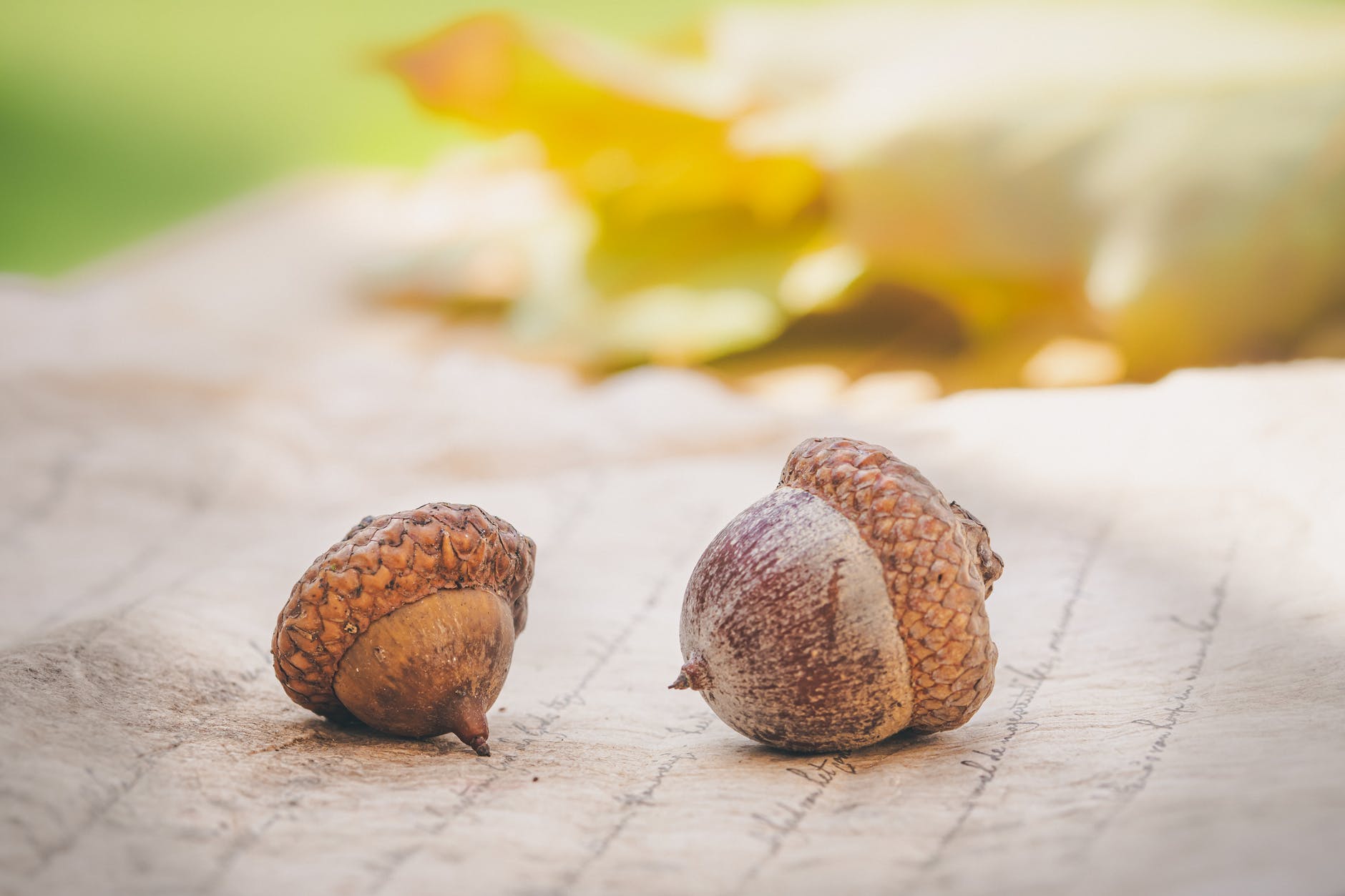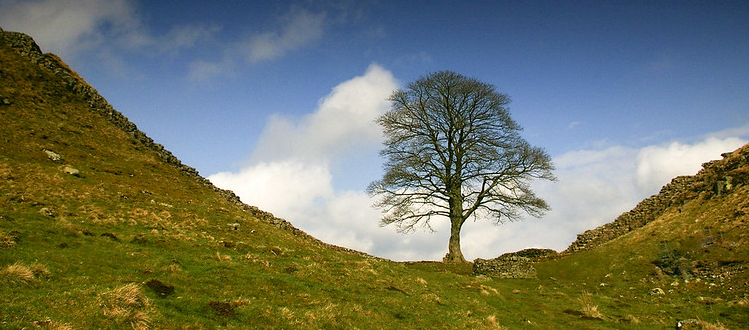Passing on the torch to the new YA blog team!
7 min read
The time has come to pass on the leadership and management of one of the best spatial planning blogs out there. You will likely have read it in the latest YA newsletter: the new team members will shortly take turns in introducing themselves, so stay put for their personal bios on the YA blog. I will only name them for now: Luis Lozano-Paredes (University of Technology Sydney) will become the main torch-bearer as editor-in-chief. He will be 'seconded' by Anandit Sachdev (Jindal Global University) and Amine Mseddi (Szent Istvan University of Budapest) as co-editors. Not to mention Konstantina Vidou (profile here), Caitlin Hafferty (latest post here) and myself who will continue to support the activity on the blog. I am thrilled to see such a dedicated team! No doubt the activity will continue to grow organically.
This post looks back on the achievements of the YA blog and discusses some key opportunities and challenges with which the YA network can fruitfully engage.
Passing on the torch to the new YA blog team! Photo: 1996 Olympic Games in Atlanta (runner 3). Photo credit: Elvert Barnes on flickr.
Growing like a tree
The blog of the AESOP Young Academics' network is the initiative of Simone Tulumello who, back in 2013, was actively looking for a supportive and welcoming community with whom to share ideas and advance the field of spatial planning. You can read all about his inspiring story and dedication here. Back then, few blogs existed that engaged with spatial planning the way the YA blog has done for seven years now. I was blessed to take over in November 2017 after having been a regular contributor for a year or so. Big kudos to Simone and everyone who have brought the blog this far, including the stellar work of the Coordination Team over the years, all other active YA and AESOP members and partners, and the global community of keen YA blog readers and followers.
The growth of the blog has resembled that of a tree. You can probably relate to the feeling when looking back at your own achievements: a single idea can slowly sprout like an acorn and grow formidably with sustained effort and bucket-loads of patience, despite all the droughts and storms. Given all the right conditions, the small acorn will become no less than a full-grown tree. The YA blog is still a relatively young tree, and growing steadily thanks to the input of all its contributors: guest authors, regular contributors, the editorial team, as well as the YA Coordination Team and countless others.
The YA blog's purpose is to build and nurture community. In the competitive worlds of academia, consultancy, practice, local government, entrepreneurship and the third sector, one can sometimes feel isolated or even overwhelmed by the scale or nature of our work and all the challenges that lie ahead. But the truth is, it is our participation and belonging to communities of practice such as the YA network and wider AESOP community that can make us grow collectively. Wenger and Snyder (2000) define communities of practice pragmatically as "groups of people bound together by shared expertise and passion for a joint enterprise". As we ourselves grow as part of a community, the community itself grows as something much greater than the sum of its individual parts. Practice and participation are inextricably bound together. We all know the very existence a community hinges on active participation and involvement. But this is also why a community such as this cannot be taken for granted. Clearly, we won't generate collective momentum just on our own. Participation is key.

A small acorn can grow into a full-grown tree, providing all the right circumstances. Photo by Ylanite Koppens on Pexels.com

Growing into a majestic tree. Here: the iconic Sycamore Gap on Hadrian's Wall in Northumberland, England. Photo by Sue Langford on flickr
Reflexivity, relationality and practice
In the exercise of participation, both active effort and slowed-down reflection matter tremendously. Planners are prime candidates for being 'reflective practitioners', underpinned by 'learning by doing' (see the works by Donald Schön, John Friedman, and John Forester, among many others). As Flyvbjerg (2006) famously wrote, expertise comes from the sum of singular experiences (i.e. 'case-studies') rather than textbook theory, and hence the capacity to reflect in action. The AESOP YA network is a unique community to reflect and act iteratively.
At the same time, can we even speak of a spatial planning 'community of practice'? Are the common denominators among the countless sub-fields of spatial planning the combination of two vague linguistic signifiers (also known as 'strings' in computational terms): 'space' on the one hand, and 'planning' on the other? The first is an adjective (i.e. a descriptor) and the other is a noun (i.e. a 'thing', 'subject' or 'object' depending on your personal perspective or mood on any particular day)... The capacity to answer the question of 'what planning is' always remains work in progress, it seems, both in terms of identifying the sets of skills only spatial planners can offer the world, and the appropriate planning education that can help planners-in-the-making acquire these skills (see the engaging reflections by Professor Simin Davoudi from 2018).
As our world is increasingly fast-paced but not so capable of practicing sustainability, perhaps we also need to learn how to 'make haste slowly'. See this call for blog posts inspired by Aesop the ancient Greek story-teller, author of the famous fable of the 'hare and tortoise'. Read also this call for blog posts about what spatial planning can / could/ must do for the climate transition. While the world always seems to want 'more for less', a more suitable motto might be 'less is more', which characterised Ancient Greek philosopher Diogenes' simple way of living and critical philosophy (though you needn't live in a barrel yourself or be rude to everyone you meet!). If we want to build smart communities in the present and the future, perhaps we need to learn more from the (ancient) past, and the many timeless, perennial values which further enrich our day-to-day work for the common good. It always helps to know where we come from and what motivates us deep down in order to know where we where we are heading! As John Forester (2020) recently encouraged us while the covid pandemic was unfolding, we can also get better at the practice of 'caring'. Kindness toward those who are vulnerable and suffering could become a fundamental part of what spatial planners do when they plan, design and manage their communities.
Make haste, if you must, but more slowly. The above sculpture, called “Searching for Utopia”, is by Belgian artist Jan Fabre, and was exhibited Plaza della Signoria in Florence (see an artistic commentary here) Picture credit: Florence 2016-07-16 044-LR, by James Abbott on Flickr, CC Attribution 2.0 Generic
Another opportunity for spatial planners lies in thinking beyond complex, wicked problems and the equally complex solutions that the very framing of these problems naturally imposes (see for example the work of Erik Swyngedouw on this recurring theme). If we identify a problem, then remedial action will necessarily be solutions-led, rather than attempting to re-frame the situation in the first place. We need to think both inside and outside the box and open epistemological black boxes whenever we see them (lest they should read 'Pandora' all over them). We can also improve our capacity to think both fast and slow, and become emotionally more intelligent. This will also likely take some advocacy and activism on our part, with the overarching aim to foster the common good through more inclusive and resilient communities.
This all begs the difficult question: 'How does one plan to become a planner?' Perhaps spatial planning is a community of continuous becoming and interdependent, co-constitutive specialist sub-practices, as much as it is a general field of practice. Some of us will naturally be more generalist (like myself) and others more specialist. The role of spatial planners may also be relational and contextual. Responding to my fear of the imposter syndrome, a friend recently reassured me: "An expert is the person in the room who happens to know the most about a certain topic". Whereupon I asked: does that mean we need to choose who we meet very carefully?
Are spatial planners chameleons, one-man-bands, and/or surgeons? All at once, or in different situations? Or none of the above? Photo credits: Left (Yannick S on flickr), Centre (RedCheese on flickr), Right (Laura James from Pexels)
Unity in diversity and purpose
Beyond the respective general-isms and special-isms that may define our work as individuals and sub-communities of practice, I sense that the heterogeneous community of spatial planners typically wants to 'make communities great again' by acting on places and the spaces that connect them (both physical and digital, and any combination thereof). Content on the blog spans an incredibly diverse range of topics that reflect a deep concern for sustainable communities. One can name just a few topical blog posts published between 2017 and today: critical reflection, environmental resource mapping, environmental and architectural heritage, sustainable architecture, web-based public participation, regional and mega-regional planning policies, relational ecology, complexity in planning, biowaste management in informal settlements, contentious urban regeneration, sustainable procurement in the construction sector, urban resilience, how spatial planners can address the climate crisis, placemaking, gamification, the safe design of public transport hubs, urban information systems, user experience in urban planning and many more. Explore the 'tag cloud' on this website as well as the 'thematic categories' for a better appreciation of all content published on the blog since its inception in 2014.
The blog also hosts a wealth of resources: a landmark list of fully Open-Access journals, lists of key planning-related blogs and planning-related conferences, key references for qualitative and mixed methods research, the prospects for women in planning and early-career researchers, how to plan, prepare and shine at the VIVA/PhD defence, and much more still (explore the tabs on the blog website). You can help grow or update these resources so they can benefit the community even more.
A community is also about honouring and remembering members who have passed, often before their time, so that their legacy continues to inspire us and future generations for a long time to come. Among others, one can pay homage to Sandra Annunziata (post by close colleagues) and John Friedman (collective homage here). Peace be with them and all others we know.
A torch burning bright
In closing, here are some brief insights about activity on the YA blog that gives at least some reflection of what our community does. Much more remains to come, based on your own participation, as facilitated by your brand new YA blog team.
- The blog in 2014-2020 - a period of steady growth in all directions
- The blog in 2020 - displaying the widest tree canopy, despite all odds!
- The blog to come: Make it grow further with your brand new YA blog team! Get in touch with contributions and suggestions at:
This email address is being protected from spambots. You need JavaScript enabled to view it.
So far, the YA blog has attracted 80,000 views from 55,000 visitors, for no less than 220 posts! The topics of the posts with the most views have been: 12 references for qualitative and mixed methods research; tools for online participatory mapping; the future of PhD students in Italian academia, making the case for publishing only in truly Open Access journals, and the landmark list of fully Open Access journals.
Below is a map of the distribution of views. As you can see, the map is not jus pan-European but global, with a concentration of views from readers based in the United States, followed by the United Kingdom, Italy and India. It also shows areas where our network and community of practice can further take root, particularly across the African continent. This can encourage us to create or strengthen ties with communities of spatial planners wherever is appropriate.
All-time distribution of views of the YA blog per country. Map generated by Jetpack on the wordpress.com platform on 17 April 2021.
Keep well and stay positive in these challenging, uncertain times. Do get in touch to share any aspect of your work through blog posts and other types of content, or if you want to lead community-building activities:
When you subscribe to the blog, we will send you an e-mail when there are new updates on the site so you wouldn't miss them.








Comments 3
[…] we pass the torch to the new YA blog team, is time to introduce Luis H. Lozano-Paredes, our new editor-in-chief […]
[…] we passed the torch to our new YA blog team, one of the decisions we took was to change the aesthetics of the blog to […]
[…] we passed the torch to the new editorial team, we have been interested in introducing the issue of southern planning, […]